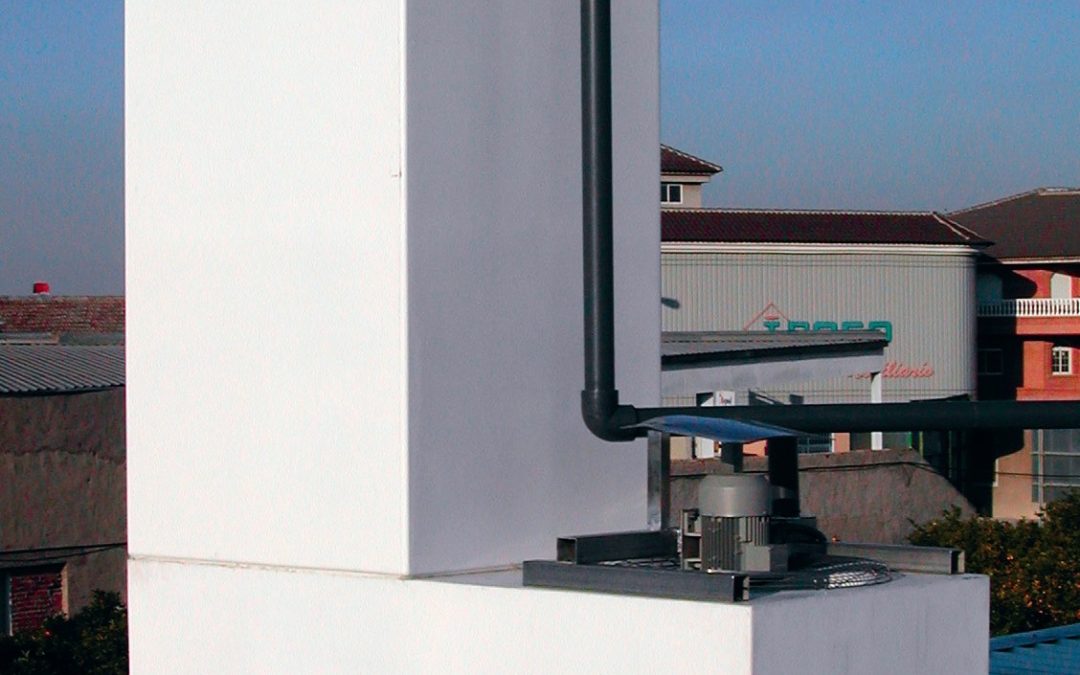You may have seen many cooling towers. They are installed in many factories, companies and power plants. But not everyone knows its origin and its history.
They appeared for the first time in XIX with the aim of reducing fuel consumption by using them in steam engine condensers. Later, during the 20th century, new models were used to recycle the cooling water in areas with water scarcity.
These first towers were placed on the roofs of buildings or in independent structures and their appearance and shape were very different from those we can find today if we look for cooling towers. However, as in the current ones, the air was introduced into the circuit both naturally and artificially by means of fans, as necessary.
Hyperbolic cooling towers (which we all associate with nuclear power plants) were patented by two Dutch in 1918 and the first were built that same year near the city of Heerlen. Many of these cooling towers are used at the same time as chimneys in some current buildings.
There are currently many types of cooling towers, although they tend to be classified into two large groups according to the type of draft of the air stream. The mechanics, where the air is moved by one or several fans, or the natural ones, where the air moves, as its name implies, naturally.
As a last curiosity, we will highlight the modular ones. These are plastic towers that can be transported already assembled without problems.
……..
Control y Ventilacion, S.L. is a company of international renown within the industrial and livestock sector, for being a manufacturer of products within the evaporative cooling sector, such as the HUMIBAT, evaporative plastic cooler; or its NUCLEOS towers, Cooling Towers. In both products, the substrate in which the evaporative process is produced is a plastic honeycomb, a honeycomb resistant both to physical and chemical attacks, and at the same time flexible, a honeycomb with a mesh structure, made of polyethylene High Density, and marketed under the names of PANAL C & V or in the case of being a drop separator, SEPARADOR C & V .
For more information you can see the following links:
www.controlyventilacion.com/refrigeracion-evaporativa/
www.controlyventilacion.com/relleno-y-separador/
www.controlyventilacion.com/torres-de-refrigeracion/


Recent Comments